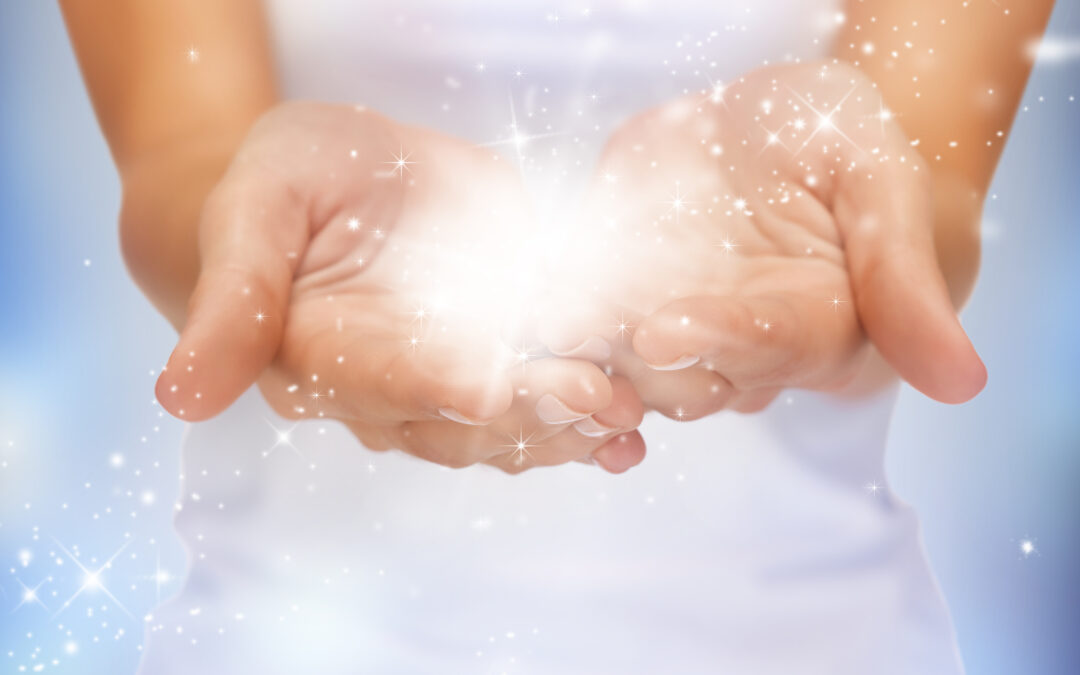Are “miracles” unjustly crucified?
Defining “Miracles”
“Miracle” versus Placebo
A placebo is a treatment that has no therapeutic value. Placebo’s are used in research studies to eliminate the placebo effect. The placebo effect is defined as a phenomena where some people have a positive health outcome as a result of the anticipation that a specific treatment will help. In a research study, the placebo effect might mean that some people responded favorably to a medication solely on the basis of the placebo effect and NOT because the treatment was effective. That being said, scientists will often include a placebo group in their study design. This group of test subjects receives a medication that has no therapeutic value. (Ie: a sugar pill, saline….etc). If a large percentage of the subjects in the placebo group have a net benefit from the treatment (despite receiving a treatment that has no therapeutic value), This would weaken the study results.
So, does this mean the Placebo effect is the equivalent of a “miracle”?
Can YOU Be A Placebo?
Final thoughts
More articles you may be interested in:
Understanding and Fixing Leg Cramps Post Stroke
Clonus Explained: What It Is, Why It Happens, and What You Can Do About It Stop Letting Leg Cramps Slow Your Recovery https://youtu.be/fGNGXoMSvT4 Can Clonus Affect the Way You Walk? Absolutely—Here’s What You Need to Know Have you ever felt your foot suddenly...
Why Your Hand Still Won’t Open After Stroke | 3 Mistakes to Fix
Why Forcing It Doesn't Work How to Stop Reinforcing the Wrong Patterns and Start Rewiring Your Brain for Real Recovery https://youtu.be/fDIgGLM8Kj0If you’ve had a stroke (or other neurologic injury), and your hand feels like it’s stuck in a fist or your arm just hangs...
Understanding Abnormal Synergy Patterns After Stroke: The Missing Puzzle Piece in Recovery
Understanding Abnormal Synergy Patterns After Stroke: The Missing Puzzle Piece in Recovery Stroke recovery is rarely straightforward.You might work on strength, balance, and mobility—yet your movements still feel awkward, stiff, or “robotic.” Why?One of the most...
The Pain-Avoidant Loop After Stroke: How Pain Can Stall Recovery
The Pain-Avoidant Loop After Stroke: How Pain Can Stall Recovery Pain after a stroke is real.It can be sharp, nagging, constant, or unpredictable.And it has a sneaky way of slowing down recovery in ways many people don’t realize. This is what I call the pain-avoidant...
The Cycle of Learned Non-Use
The Cycle of Learned Non-Use In the early days after a stroke, attempts to move the affected arm often fail or are painful. Naturally, the brain (and the person) adapts by relying more on the stronger, unaffected side. The result? The brain starts to “forget” the...
How to Fix An Abducted Gait
Reclaim Your Stride: Fixing Abducted Gait After Stroke https://youtu.be/VGvg5qeLmy0 Recovering from a neurological injury can affect your walking pattern, one of which is the "abducted leg walking pattern." In this post, we'll cover what it is, its causes, and how to...
How to Fix a Trendelenburg Gait
Why Your Hip Drops When You Walk : How to Regain Stability https://youtu.be/37akItHE9mcHave you ever noticed that one side of your hip drops lower when you walk? Maybe someone pointed it out, or you feel off-balance or unsteady when taking steps. This could be a sign...
Correct Knee Hyperextension after a Neurologic Injury
Struggling with Knee Hyperextension? Here's How to Fix It! Does your knee snap backward when you walk? Do your steps feel jerky, unsteady, or inefficient? If so, you might be dealing with knee hyperextension, a common issue after a stroke, brain injury, or...
How to Fix a Vaulting Gait
How to Stop Vaulting and Walk More Naturally After a Stroke If you’ve ever noticed yourself pushing up on your stronger leg to swing your weaker leg forward while walking, you may be experiencing vaulting. The good news? Vaulting can be unlearned with the right...
Discover 15 Principles to Rewiring Your Brain Faster
Discover 15 Principles to Rewiring your Brain Faster Transform Your Mindset and Achieve Rapid Results https://youtu.be/rfSCk_qJe64 Neuroplasticity: Your Brain’s Superpower After a stroke, the brain can suffer damage, but it’s far from the end. But here’s the good...













